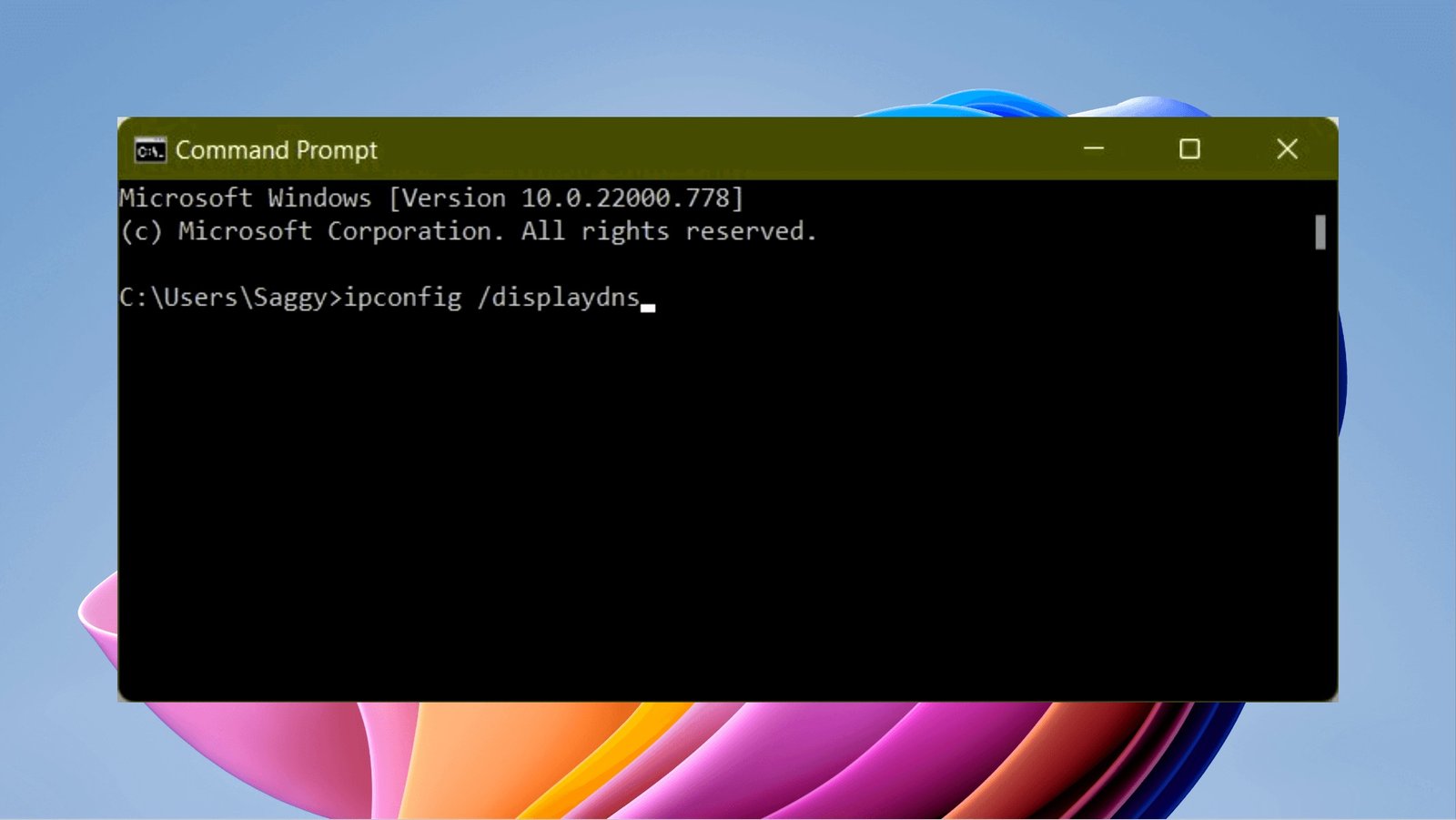How to Flush DNS on Windows 10

The Domain Name System (DNS) is an essential component in the expansive realm of internet connectivity as it facilitates the conversion of user-friendly domain names into numerical IP addresses. In order to optimize the online experience, users of Windows 10 may experience connectivity issues that can be effectively resolved through a straightforward yet impactful procedure known as DNS flushing.
In this guide, we will tell you how to flush DNS on Windows 10. Let’s get started!
Contents
- 1 Understanding DNS Flushing
- 2 Why You Need to Flush DNS on Windows 10
- 3 Step-by-Step Guide on How to Flush DNS
- 4 Troubleshooting Tips
- 5 Frequency of DNS Flushing
- 6 Benefits of Regular DNS Flushing
- 7 Potential Risks and Precautions
- 8 DNS Flushing for Different Browsers and Applications
- 9 Automated DNS Flushing Tools
- 10 Comparing Manual vs. Automated DNS Flushing
- 11 Best Practices for DNS Management on Windows 10
- 12 Common Misconceptions About DNS Flushing
- 13 Conclusion
- 14 FAQs
Understanding DNS Flushing
DNS flushing is the act of clearing the DNS resolver cache, a database that Windows maintains to store the IP addresses of websites. This process helps in acquiring the latest and most accurate information, contributing to faster and more reliable internet connectivity.
Why You Need to Flush DNS on Windows 10
Flushing DNS on Windows 10 becomes essential when facing issues such as website unavailability, slow loading times, or intermittent connectivity. Outdated DNS records can lead to these problems, making periodic flushing a troubleshooting necessity.
Step-by-Step Guide on How to Flush DNS
To initiate DNS flushing on Windows 10, follow these simple steps:
-
Open Command Prompt with Administrative Privileges
- Click on the Start menu and search for “Command Prompt.”
- Right-click on the Command Prompt option and select “Run as administrator.”
-
Use the “ipconfig” Command to Flush DNS
- In the Command Prompt window, type the command
ipconfig /flushdnsand press Enter. - Wait for the confirmation message indicating the successful flushing of DNS.
- In the Command Prompt window, type the command
Troubleshooting Tips
If you encounter any issues during the DNS flushing process, consider the following tips:
- Ensure that the Command Prompt is run as an administrator.
- Check for typos in the command.
- Restart your computer and try again.
Frequency of DNS Flushing
While the frequency of DNS flushing depends on individual preferences, it is generally recommended to perform this task every few months. Factors like frequent internet usage and changes in network configurations may influence the ideal flushing interval.
Benefits of Regular DNS Flushing
Regular DNS flushing offers several advantages:
-
Improved Internet Speed and Connectivity:
- By fetching the latest DNS information, the system can establish quicker connections.
-
Enhanced Security and Privacy:
- Flushing DNS helps eliminate potentially compromised or outdated records, contributing to a more secure online experience.
Potential Risks and Precautions
Despite its benefits, excessive DNS flushing can lead to certain risks, including temporary service disruptions. To minimize these risks, users should:
- Avoid unnecessary and frequent DNS flushing.
- Follow best practices for DNS management.
DNS Flushing for Different Browsers and Applications
While the process is consistent across Windows 10, specific browsers and applications may have unique considerations. Users are advised to explore guidelines tailored to their preferred platforms.
Automated DNS Flushing Tools
For those seeking a more automated approach, various third-party tools are available. However, it’s crucial to weigh the pros and cons before opting for such devices to ensure compatibility and reliability.
Comparing Manual vs. Automated DNS Flushing
Both manual and automated DNS flushing have their merits.
-
Manual Flushing:
- Offers more control and transparency.
- Suitable for users comfortable with command-line interfaces.
-
Automated Flushing:
- Streamlines the process for users who prefer a hands-off approach.
- May have limitations in certain scenarios.
Best Practices for DNS Management on Windows 10
To maintain optimal DNS performance on Windows 10:
- Regularly update the operating system.
- Monitor DNS settings and resolve issues promptly.
Common Misconceptions About DNS Flushing
Dispelling common myths surrounding DNS flushing:
-
Frequent DNS Flushing Improves Internet Speed:
- While beneficial, excessive flushing can have minimal impact on speed.
-
DNS Flushing Solves All Connectivity Issues:
- It’s a useful tool but not a panacea for all internet-related problems.
Real-world Scenarios and Success Stories
Users have reported significant improvements in internet speed and connectivity after implementing regular DNS flushing. These success stories highlight the practical impact of this simple yet effective technique.
Conclusion
In the ever-evolving landscape of internet technology, ensuring a seamless online experience is paramount. Flushing DNS on Windows 10 emerges as a valuable practice, addressing connectivity issues and contributing to a faster, more secure online journey. By understanding the process, embracing best practices, and dispelling misconceptions, users can harness the full potential of DNS flushing for an enhanced digital experience.
FAQs
- How often should I flush DNS on Windows 10?
- It is recommended to flush DNS every few months or when experiencing connectivity issues.
- Are there risks associated with frequent DNS flushing?
- Excessive flushing may lead to temporary service disruptions; hence, it should be done judiciously.
- Can DNS flushing improve internet speed instantly?
- While it contributes to speed improvements, the impact may vary based on other factors.
- Are there automated tools for DNS flushing on Windows 10?
- Yes, various third-party tools automate the process, but users should choose them cautiously.
- What should I do if DNS flushing doesn’t resolve connectivity issues?
- If issues persist, consider alternative troubleshooting methods or seek professional assistance.







